Industry-Endorsed Packaging Solutions
According to the International Food Packaging Association (IFPA), dried fruit packaging bags must meet stringent barrier protection standards to prevent nutrient degradation. Recent studies published in the Journal of Food Science (2023) demonstrate that high-barrier packaging extends shelf-life by 38% compared to conventional solutions.
Source: IFPA Packaging Standards, Journal of Food Science Research
Premium Dried Fruit Packaging Bags by Hebei Junlan Packaging
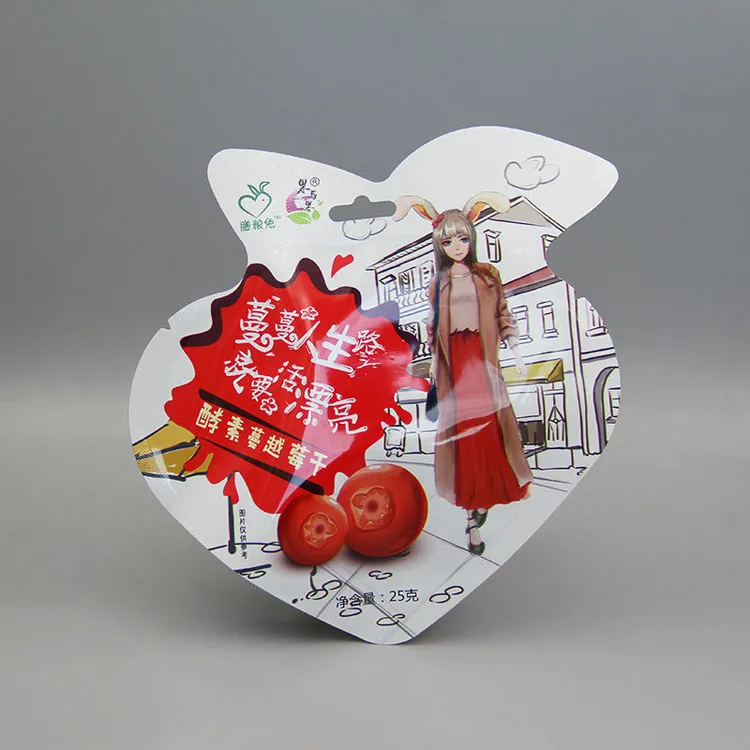
Hebei Junlan Packaging Technology Co., LTD. specializes in innovative dried fruit packaging bags engineered for premium protection: "Our packaging solutions combine cutting-edge barrier technology with sustainable materials to preserve freshness and nutritional integrity" – Junlan R&D Team.
Technical Specifications: Dried Fruit Packaging Bags
| Parameter |
Standard Grade |
Premium Grade |
Industry Requirement |
| Oxygen Transmission Rate (OTR) |
<5 cc/m²/day |
<1 cc/m²/day |
ASTM F1927 |
| Moisture Vapor Transmission (MVTR) |
<0.5 g/m²/day |
<0.1 g/m²/day |
ASTM E96 |
| Seal Strength |
>4 N/15mm |
>8 N/15mm |
ASTM F88 |
| Material Thickness |
70-90 microns |
100-120 microns |
FDA 21 CFR |
| Shelf Life Extension |
20-25% |
35-40% |
IFPA Standards |
Dried Fruit Packaging Bags Applications
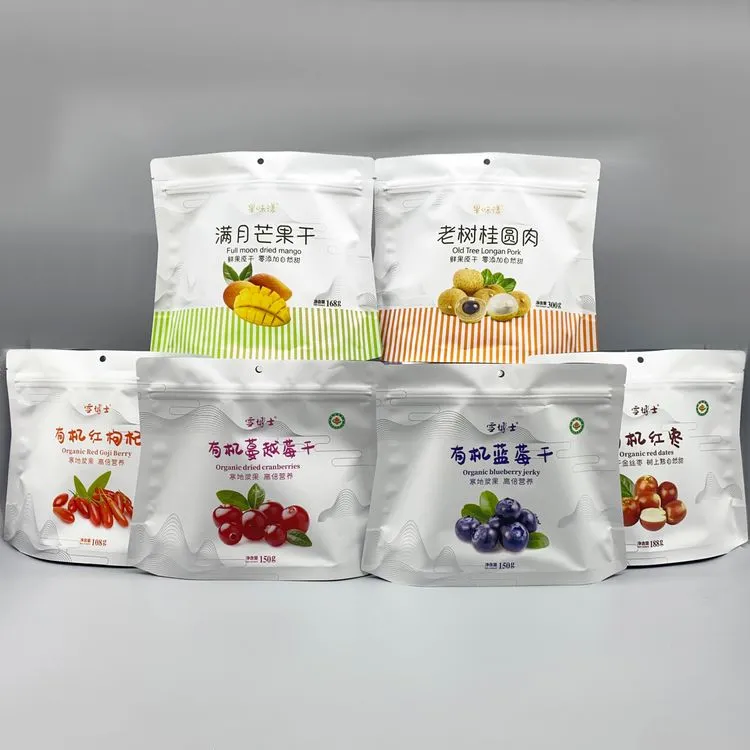
Retail-ready packaging solutions
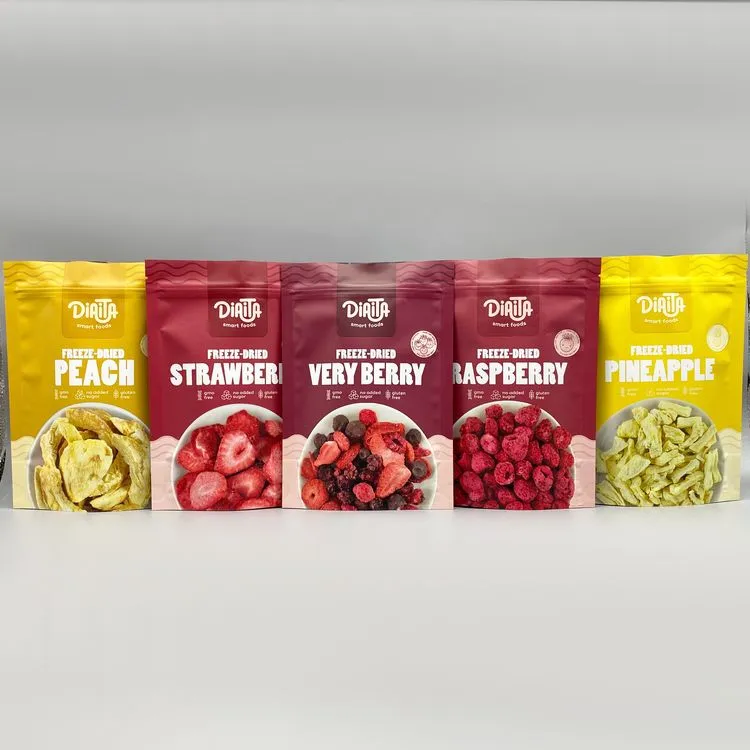
Resealable zip-lock feature
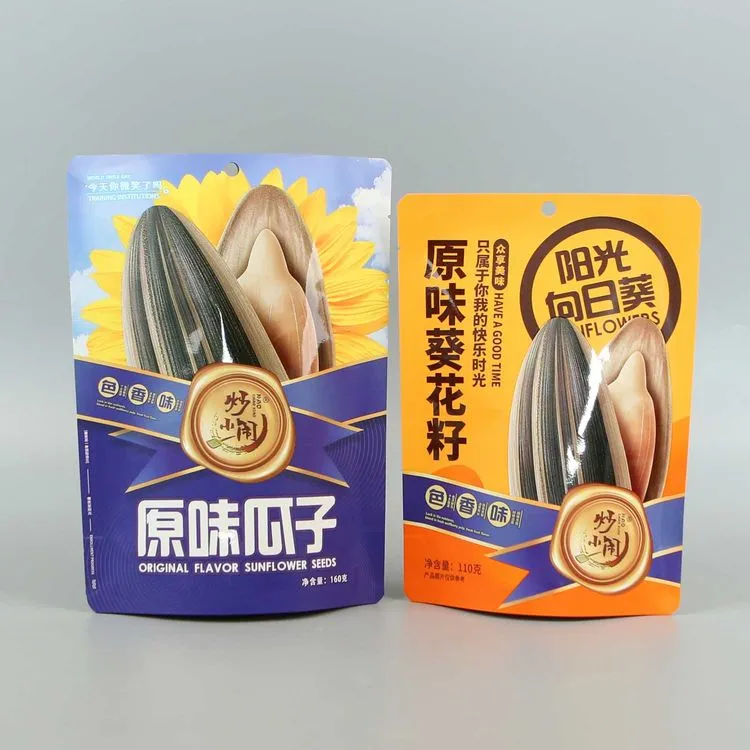
Stand-up pouch designs
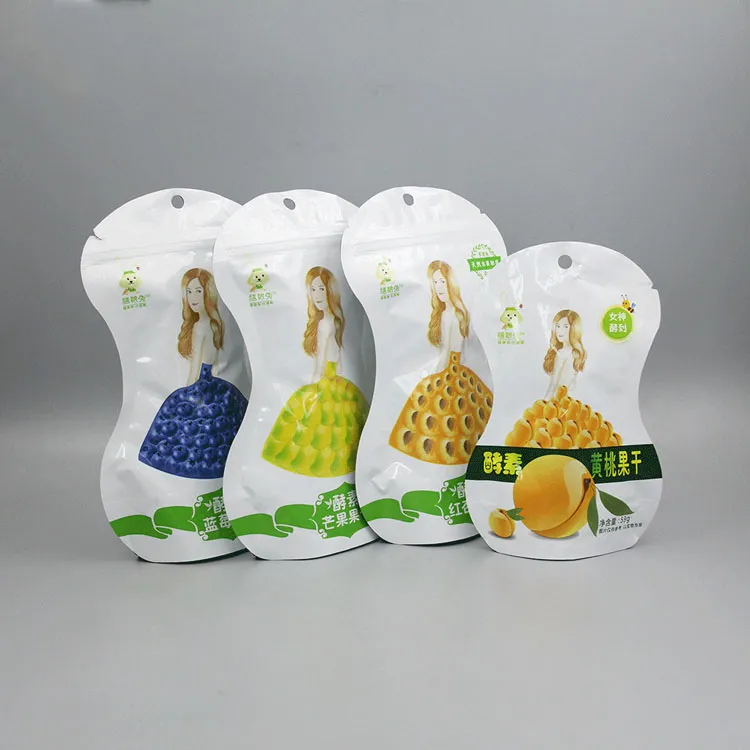
Custom printing options
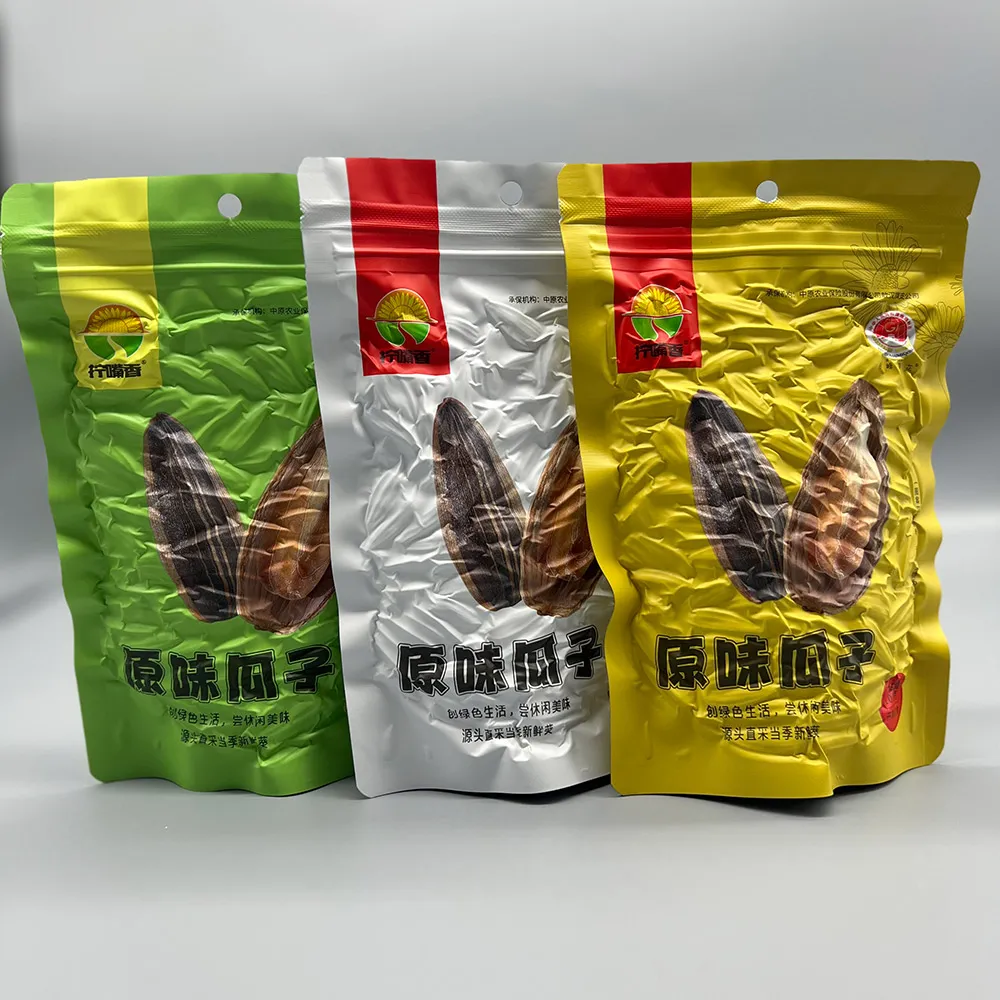
Sustainable material options
Advanced Material Technology
Modern dried fruit packaging bags utilize multi-layer co-extruded films:
Outer Layer: PET/Nylon (Print surface & abrasion resistance)
Middle Layer: EVOH (Oxygen barrier protection)
Inner Layer: LLDPE/CPP (Seal integrity & moisture barrier)
Industry Trends & Market Data
The global market for specialty food packaging is projected to reach $39.8B by 2028 (Grand View Research, 2023), driven by increasing demand for sustainable dried fruit packaging bags with higher barrier properties.
Expert FAQ: Dried Fruit Packaging Bags
Q: What materials provide optimal oxygen barrier for dried fruits?
A: EVOH (Ethylene Vinyl Alcohol) layers with 5-15μm thickness deliver OTR ratings below 1 cc/m²/day - essential for preserving sensitive nutrients.
Q: How does packaging prevent moisture regain in dehydrated products?
A: Multi-layer structures with aluminum oxide coatings can achieve MVTR ratings below 0.05 g/m²/day, maintaining crispness.
Q: What certifications should compliant dried fruit packaging bags have?
A: FDA 21 CFR, EU 10/2011, ISO 22000, and BRCGS Packaging Materials certification ensure global regulatory compliance.
Q: Are stand-up pouches viable for industrial packaging lines?
A: Modern VFFS machines can process stand-up pouches at 120+ bags/minute with precise dosing systems.
Q: How long can premium packaging extend shelf-life?
A: With OTR < 0.5 cc/m²/day and MVTR < 0.1 g/m²/day, shelf-life extends to 18-24 months versus 9-12 months for conventional packaging.
Q: What sustainability options are available?
A: Recyclable mono-material structures (PP/PP) and certified compostable biopolymers meet circular economy demands.
Q: How is seal integrity tested?
A: Using ASTM F88 methods with seal strength parameters exceeding 4N/15mm at speeds matching production requirements.
Future Outlook & Industry Perspectives
The Packaging Digest 2023 report emphasizes smart packaging integration: "Leading manufacturers now incorporate QR codes for traceability and NFC temperature indicators in dried fruit packaging bags to verify cold chain integrity".
Sources: Packaging Digest Industry Report, Food Navigator Sustainability Study